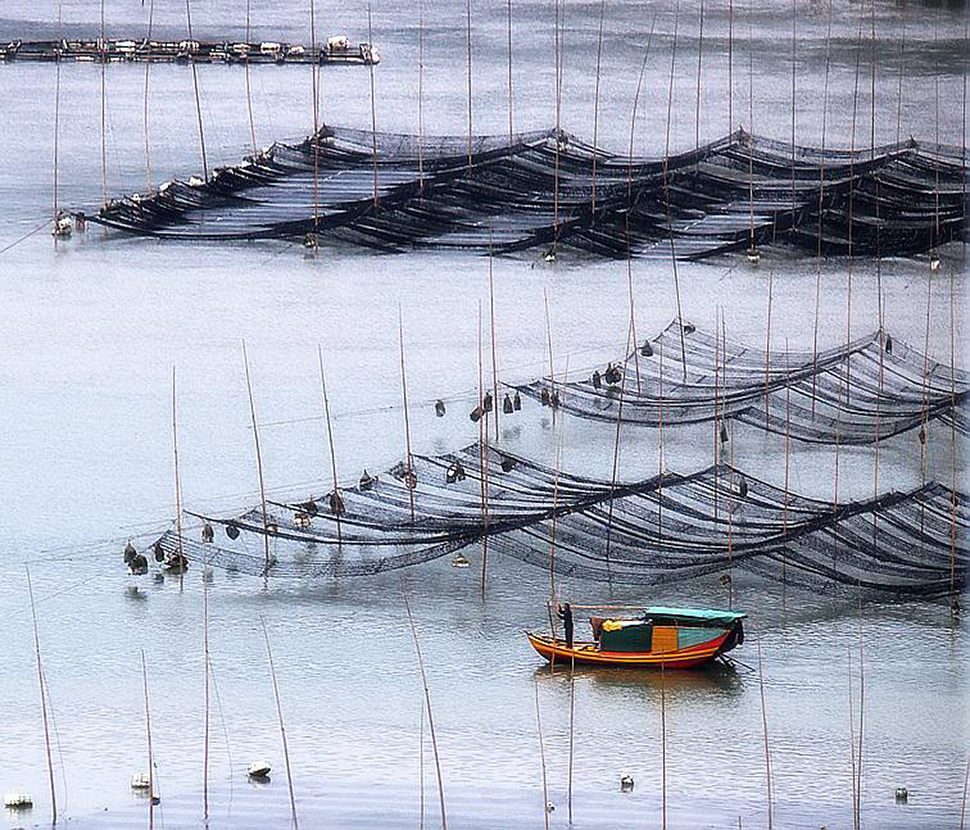
Coastal Farming in Xiapu
Our first stop is Xiapu county, Fujian province, the most charming coastal area of China. Xiapu is located at the northeast part of Fujian province. As a small region along the southeast China coastline, Xiapu nevertheless has the largest mudflat in the country, encompassing 40 square kilometers and more than 400 kilometers of coastline, which is known for its traditional way of life – sea farming and fishing in coastal mudflats. The scenery is constantly changing with tidal movements. It provides abundant photography opportunities for beautiful coastal sunrise/sunset, as well as photographing people collecting seaweed, fish or other offerings by the sea, tendering their nets and cages, etc.
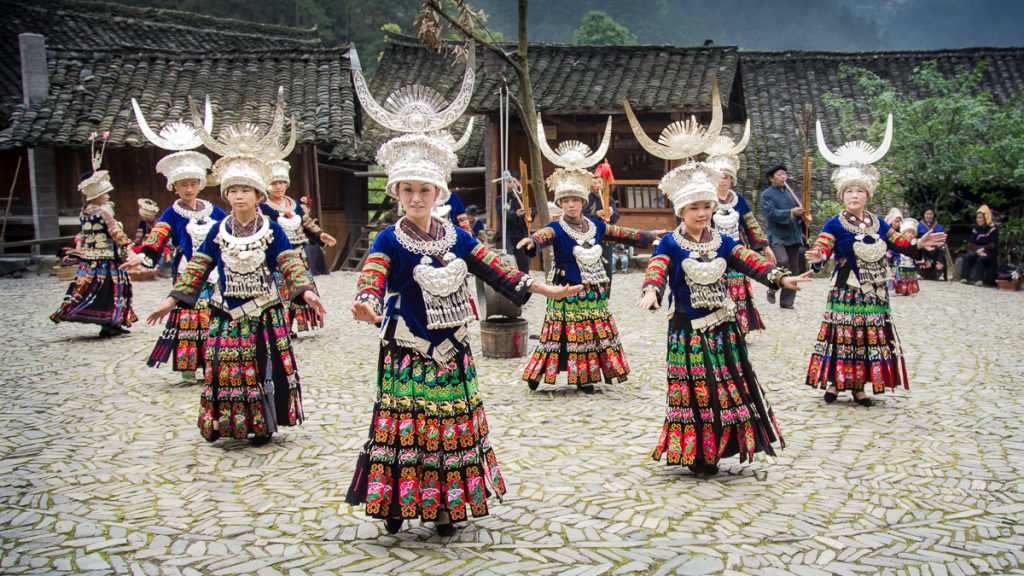
Ethnic Minority in Guizhou
Then we fly to Guiyang, Guizhou province. Guizhou is known for its ethnic minority groups and their unique cultures, it is demographically one of China’s most diverse provinces. Minority groups account for more than 37% of the population and they include Miao, Yao, Yi, Qiang, Dong, Zhuang, Bouyei, Bai, Tujia, Gelao and Sui. All these peoples together create splendid and unique cultures on their ancestral land. The gorgeous folk arts and crafts, distinct architecture and colorful festivity rituals/performances make it a wonderland for visitors as well as photographers around the world. When traveling in Guizhou, we will experience their simple and historical cultures, appreciate the unique architectural styles and try their exotic and colorful costumes, etc. For example, we will go to Miao Villages with stilt-houses and colorful traditional clothes; Photographing China’s last gunmens’ tribe; Visiting Dong villages to photograph Dong-style drum towers and vocal/dance performances, etc
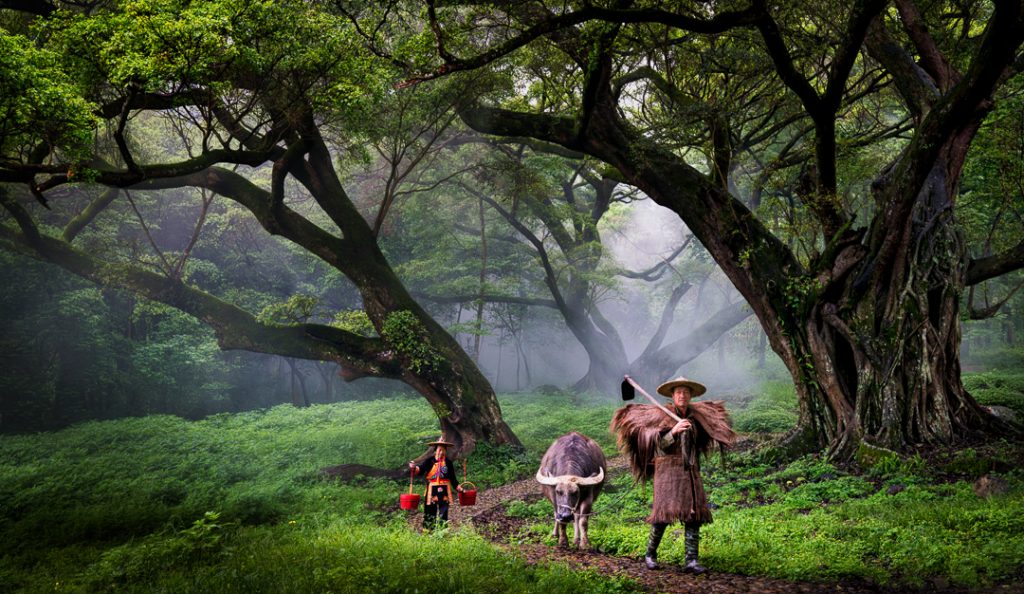
Traditional Rural Life in Zhejiang
After Xiapu, we will drive north to the neighboring Zhejiang province, photographing 2 traditional rural scenes of sail boats and villagers.
XXX – XXX
From US$XXXX
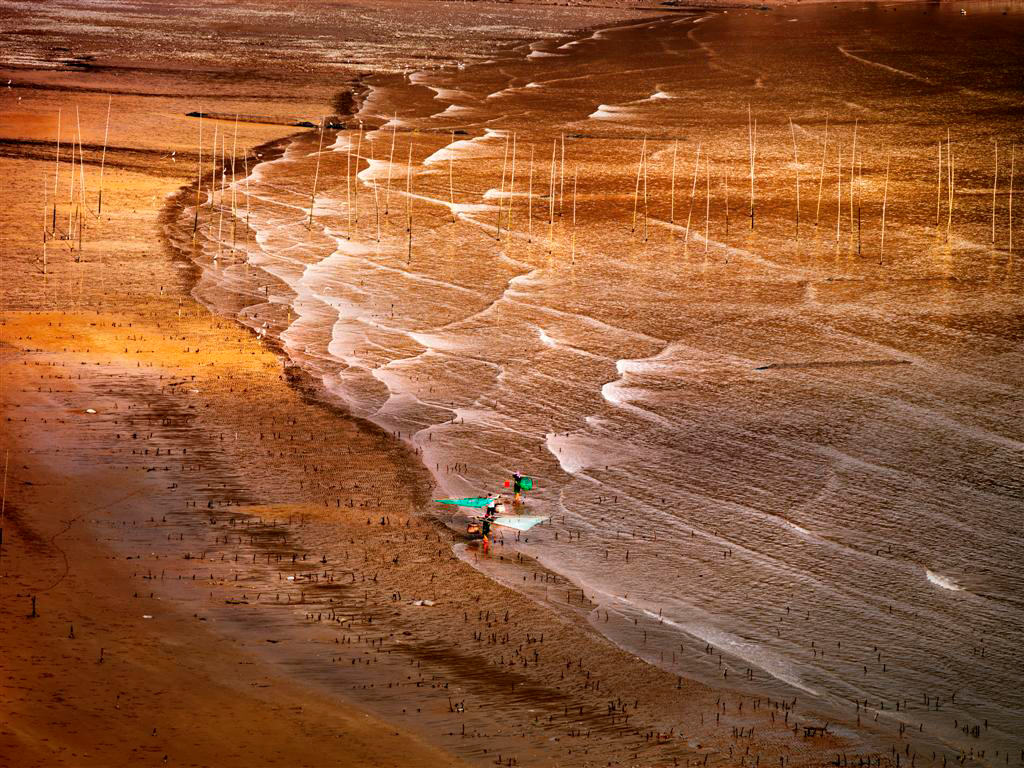
Day 1
Morning pick up at the hotel (preferably near Fuzhou Airport (FOC). Drive 3.5 hours to Xiapu. Photographing sunset at the beach of Xiaohao, the sandy texture will change with the tides, forming different shapes and patterns. This is one of the best photo spot in the area. Overnight in Xiapu.
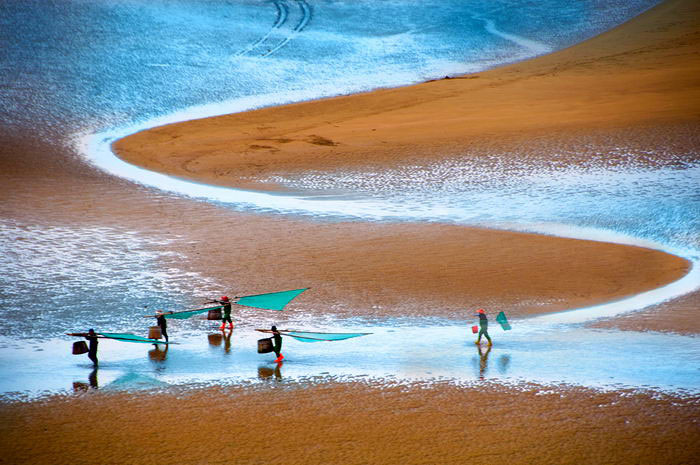

Day 2
Photographing sunrise at Bum hill, a coastal rock formation. Then, shooting the seaweed hanging, drying and collecting activities at the beach. In late afternoon, drive to Dongbi, photographing the coastal sunset at one of the most beautiful natural settings. Overnight in Xiapu.
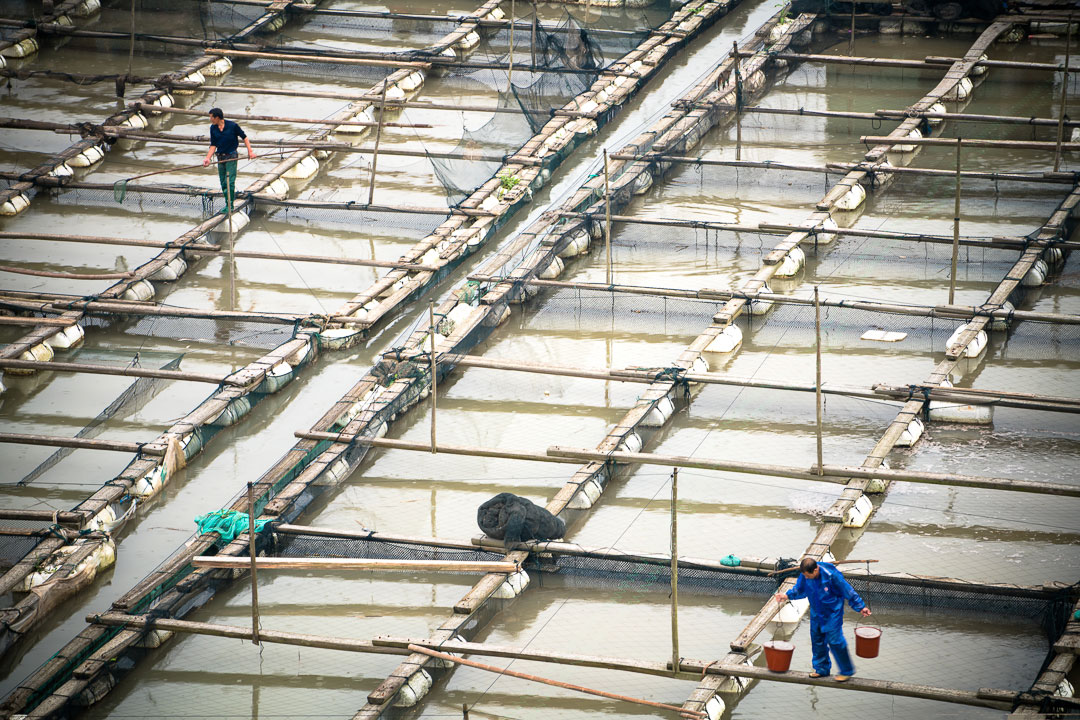
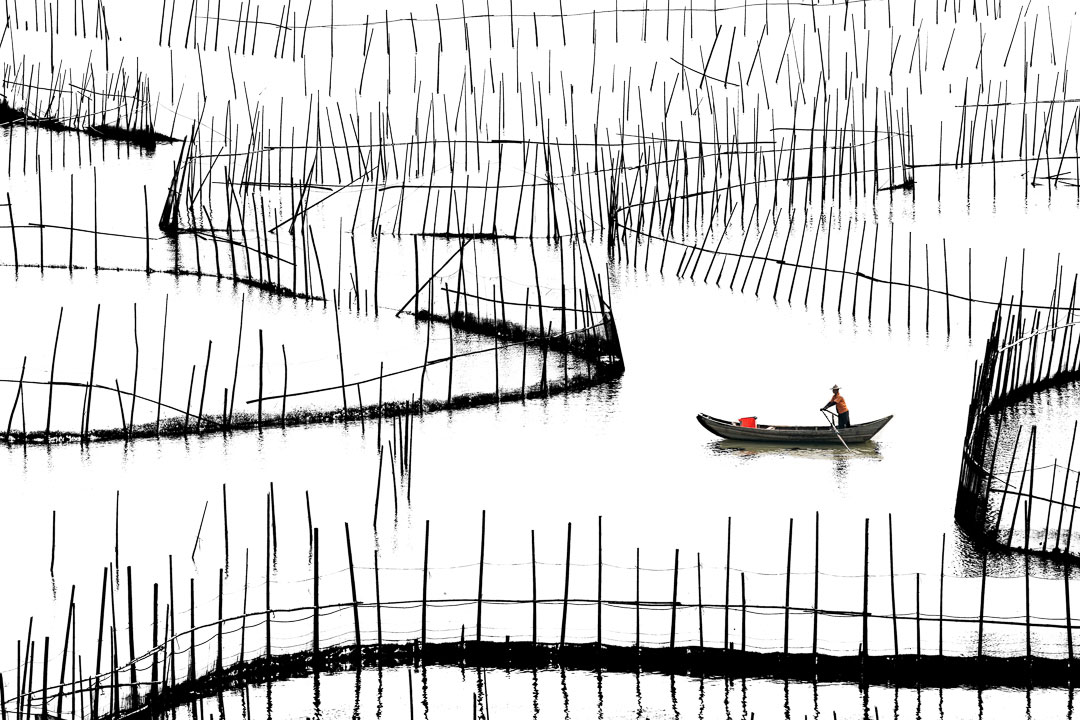
Day 3
Photographing sunrise in Huazhu area. Then driving further north to Fuding, where we photograph unique shapes and patterns formed by bamboo poles and crab nets. In next few years, with rapid coastal development, this scene will be gone forever. We are visiting Lianjia fishermen at Yantian in the afternoon. They live and work on the very simple boat (so called Lianjia boat), earning a hard living by fishing and collecting shellfishes. We end the day with shooting sunset at Huyuao. Overnight in Xiapu.
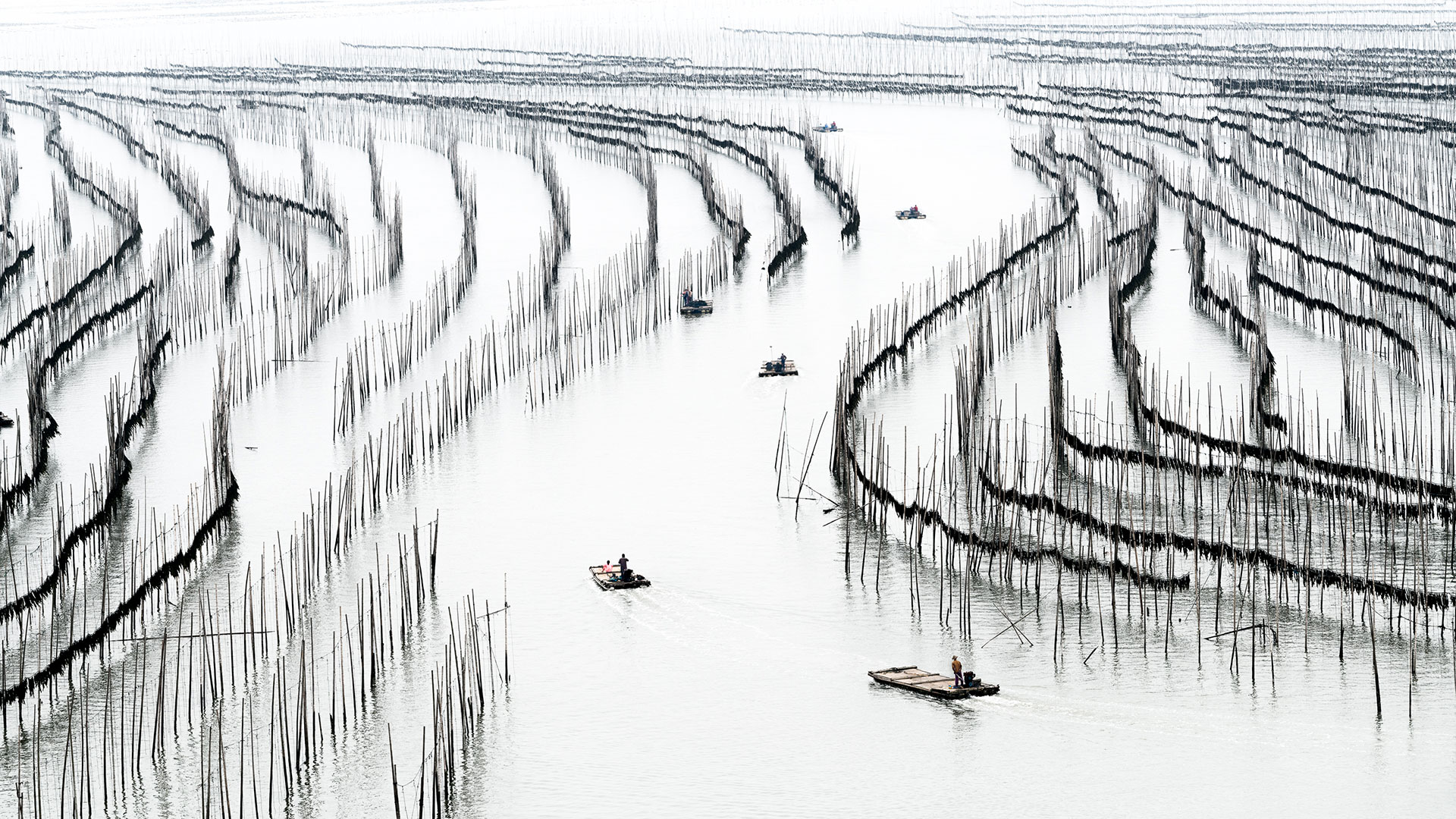
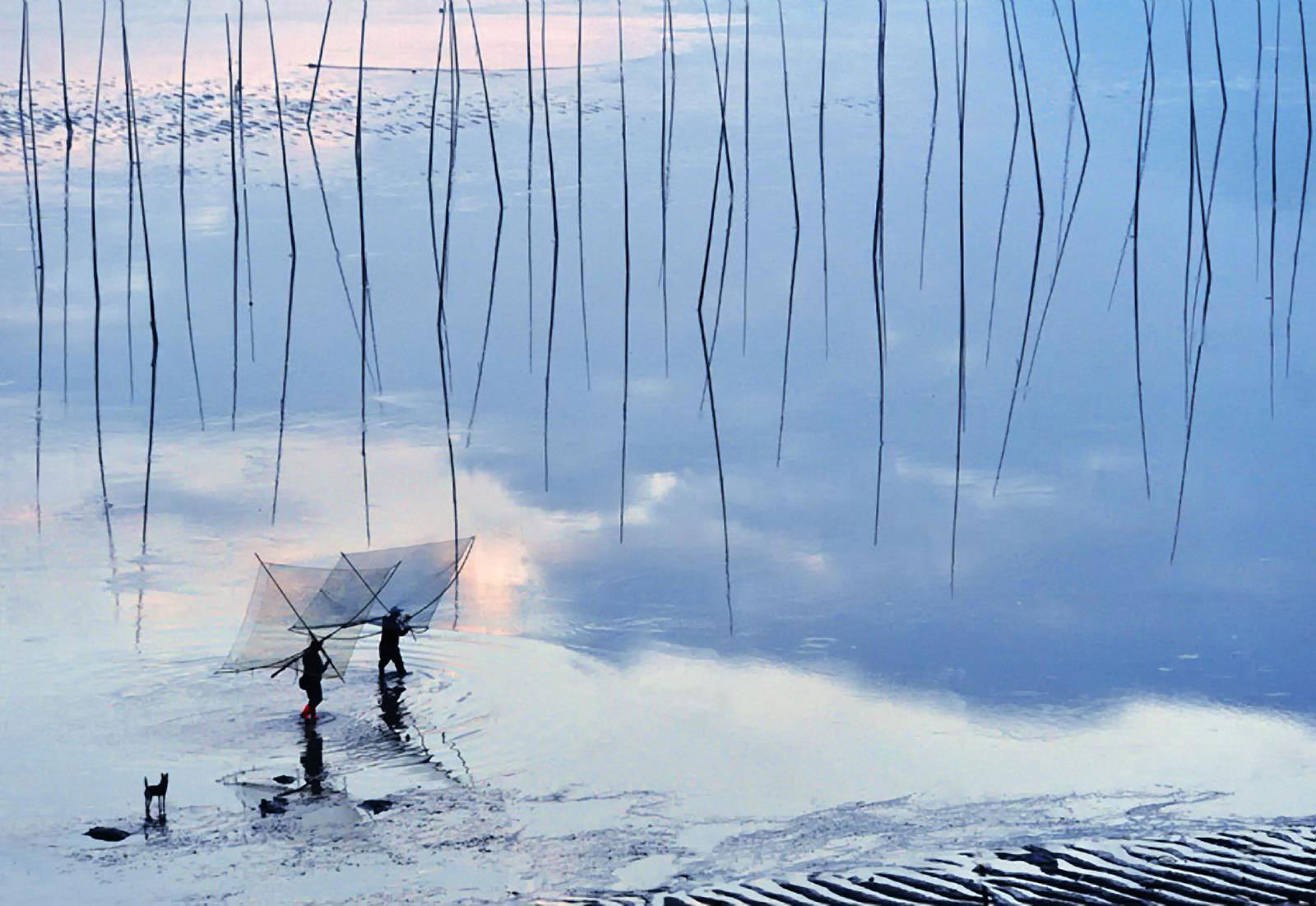
Day 4
Photographing sunset on the sea at Beidou, then proceed to Shajiang village, shooting a unique and famous S-Curve scene on the coastal farms. In the afternoon, we take a boat ride to Dongan Island, visiting a scenic fishing village. Overnight in Xiapu

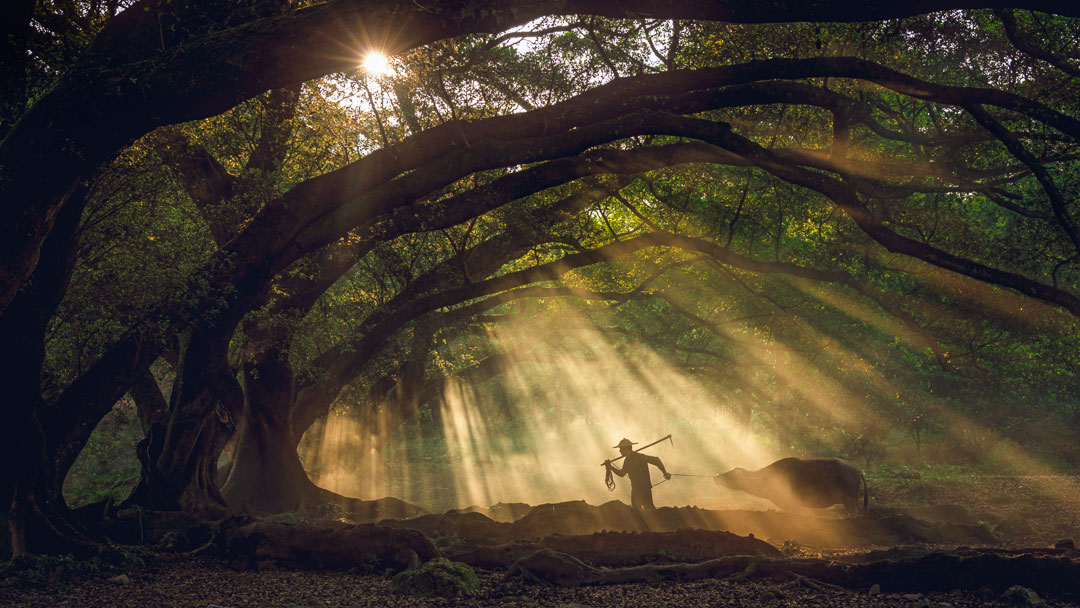
Day 5
After shooting sunrise and coastal working scene in Beiqi, we visit the last stop of Xiapu: Yangjiaxi village with its beautiful giant banyan tree forest, which are the north most banyan trees in China. If lights cooperate, we can get wonderful environmental portraits there. Models of villagers for various scenes are arranged for us. Then, we will drive 4 hours to the city of Lishui, Zhejiang province, photographing the sail boats and their reflections in the river. Overnight in Lishui.
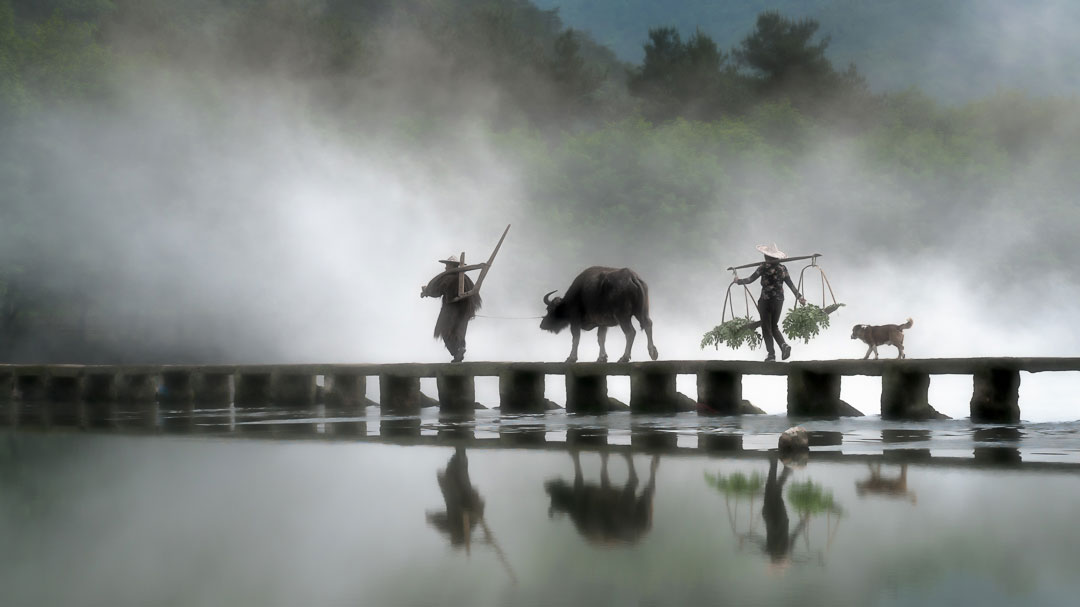
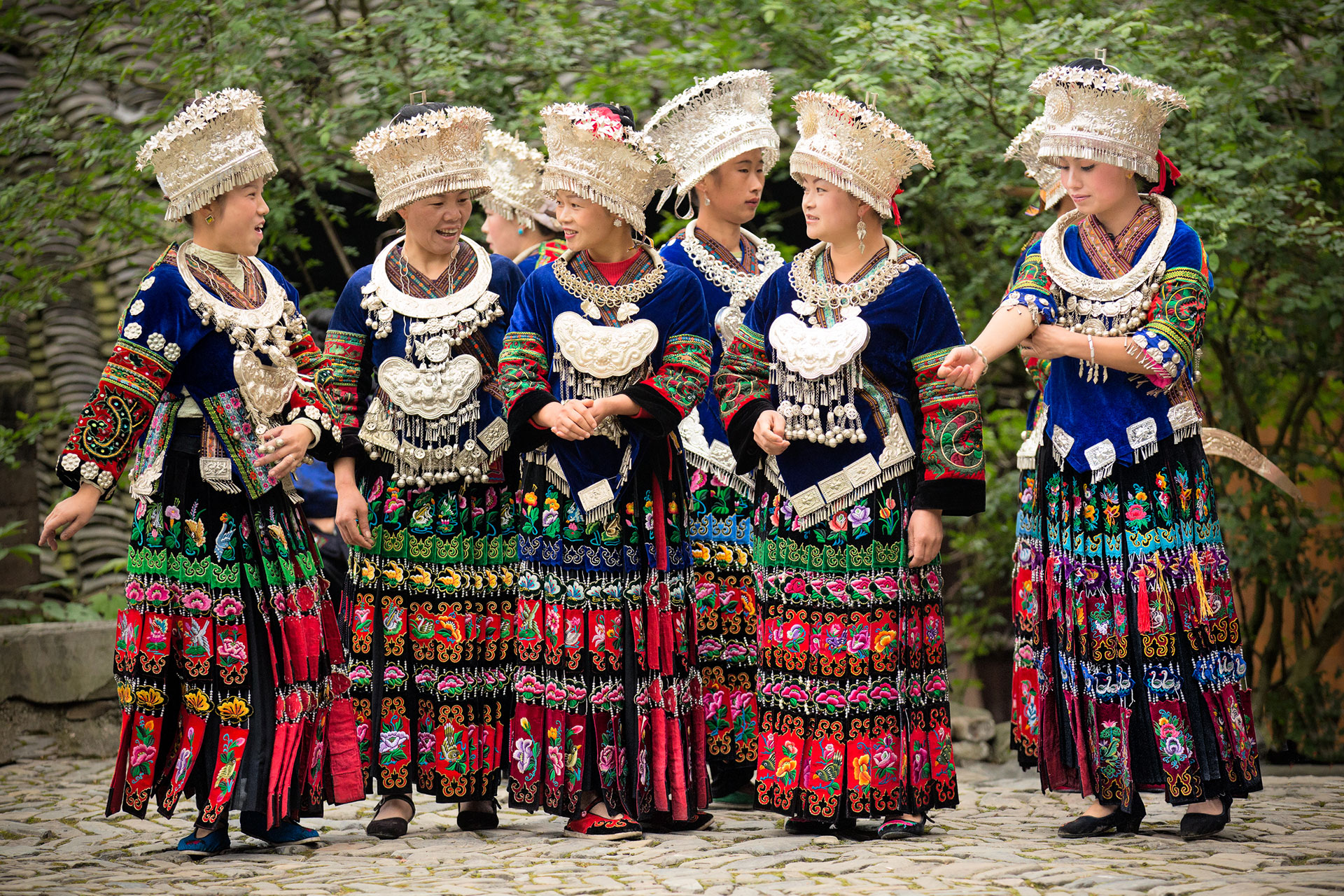
Day 6
We photographing a traditional scene: farmers and their cows crossing a stone bridge with mist and beautiful mountains in the background. Then we drive 3.5 hours to Wenzhou airport, flying to Guiyang, Guizhou province. Overnight in Guiyang.

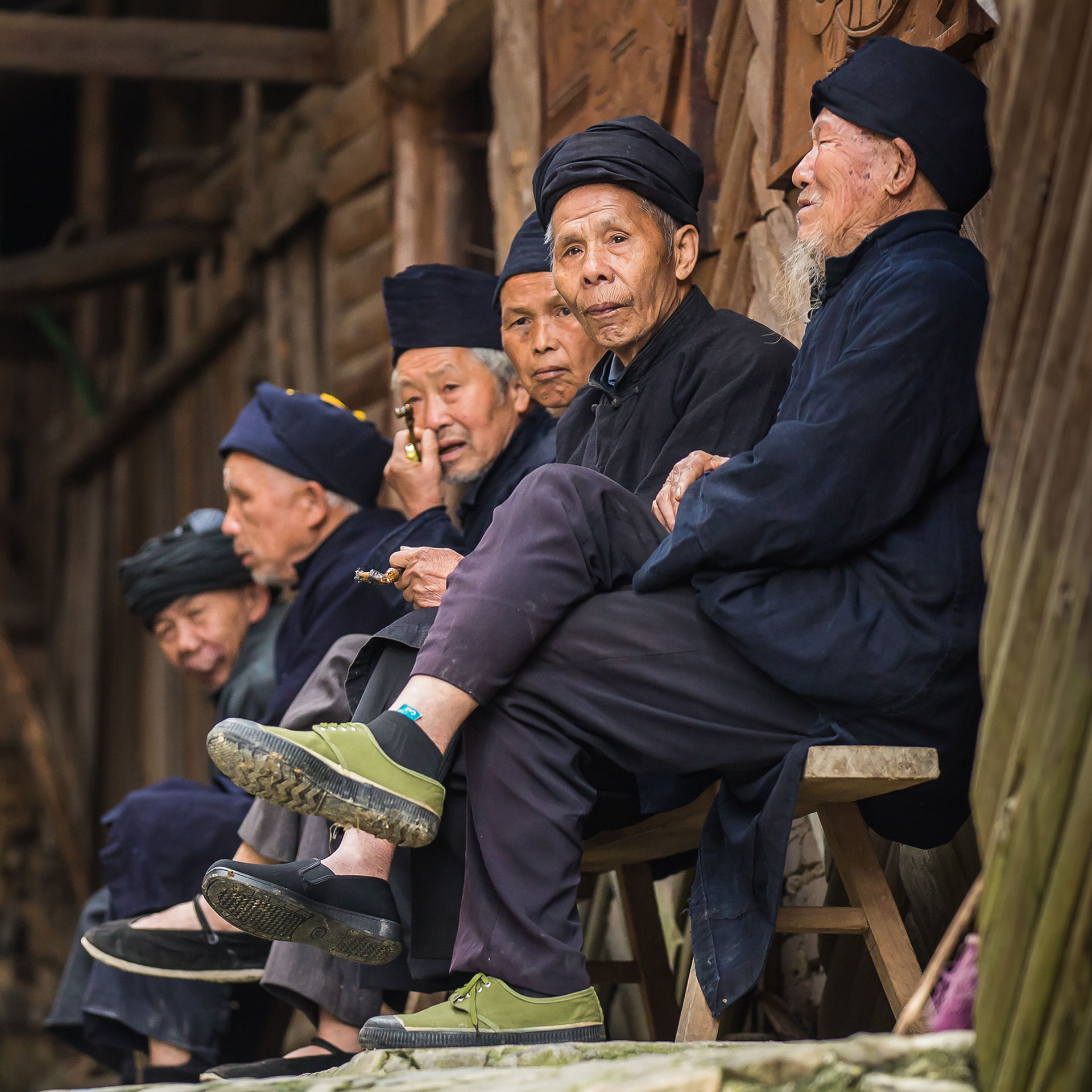
Day 7
We drive 3.5 hrs from Guiyang to Langde Miao Village. Around 500 villagers in 10 families, the Langde Miao Village is considered small. As members of the Miao Ethnic Minority, they adopt common habits and customs. Entering the village, visitors would find themselves literarily immersed in works of art.
Welcoming Ceremony: You find it amidst hills and bound by waters. On arriving at the entrance you could behold some beautifully dressed girls blocking your path. It’s a welcome party and guests are allowed in after drinking their twelve courses of way-blocking wines — a most ceremonious etiquette. Here, people are wearing colorful festival dress. Women wear gorgeous and complex silver jewelry, and some young ladies adorn silver horned coronal on their heads; men robe themselves in blue-black, with chuddar of the same color covered their heads. Each man carries a Lusheng (a bamboo-made music instrument) and stands in line to play the Lusheng pipe music. At the square in the center of the village, the singing and dancing performance begin after the welcome ceremony. I’m sure you will enjoy a lot. Overnight in the city of Kaili.
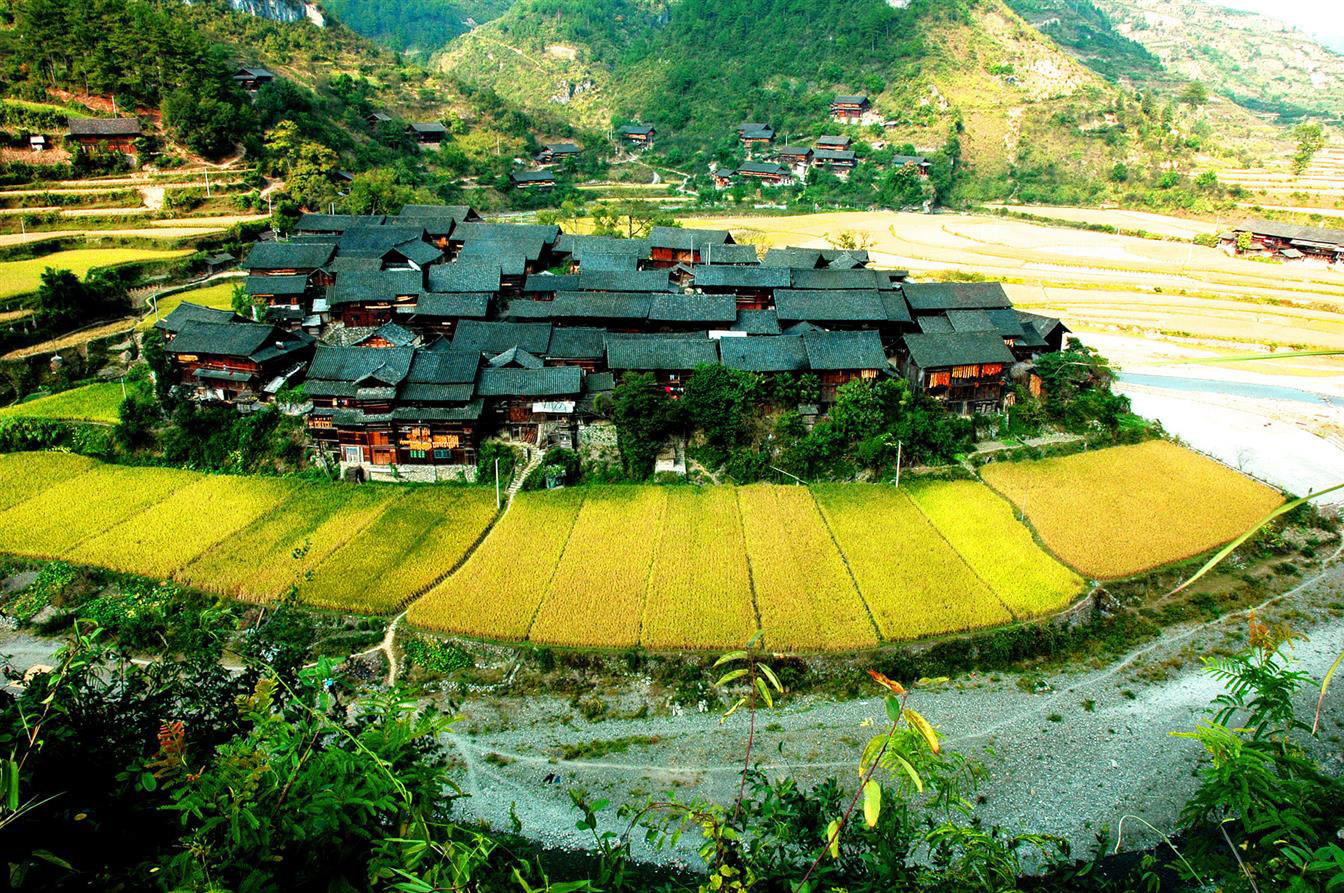
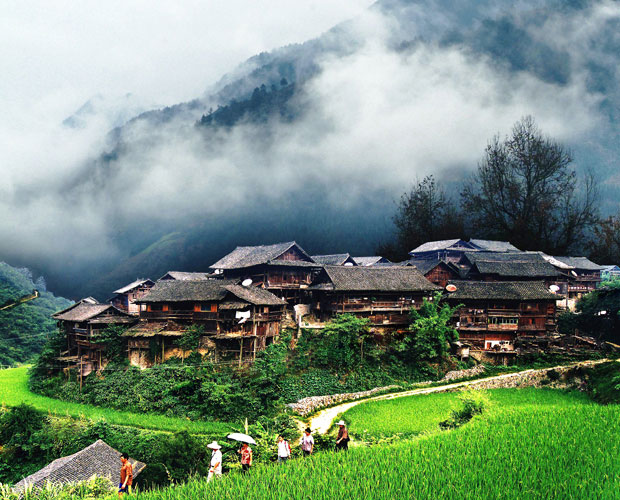
Day 8
After breakfast, we visit Shiqiao village where the traditional Miao paper making process were invented in ancient time. Then we visit Kala Miao village, famous for its bird cage craft and manufacturing. Overnight at the city of Danzhai.
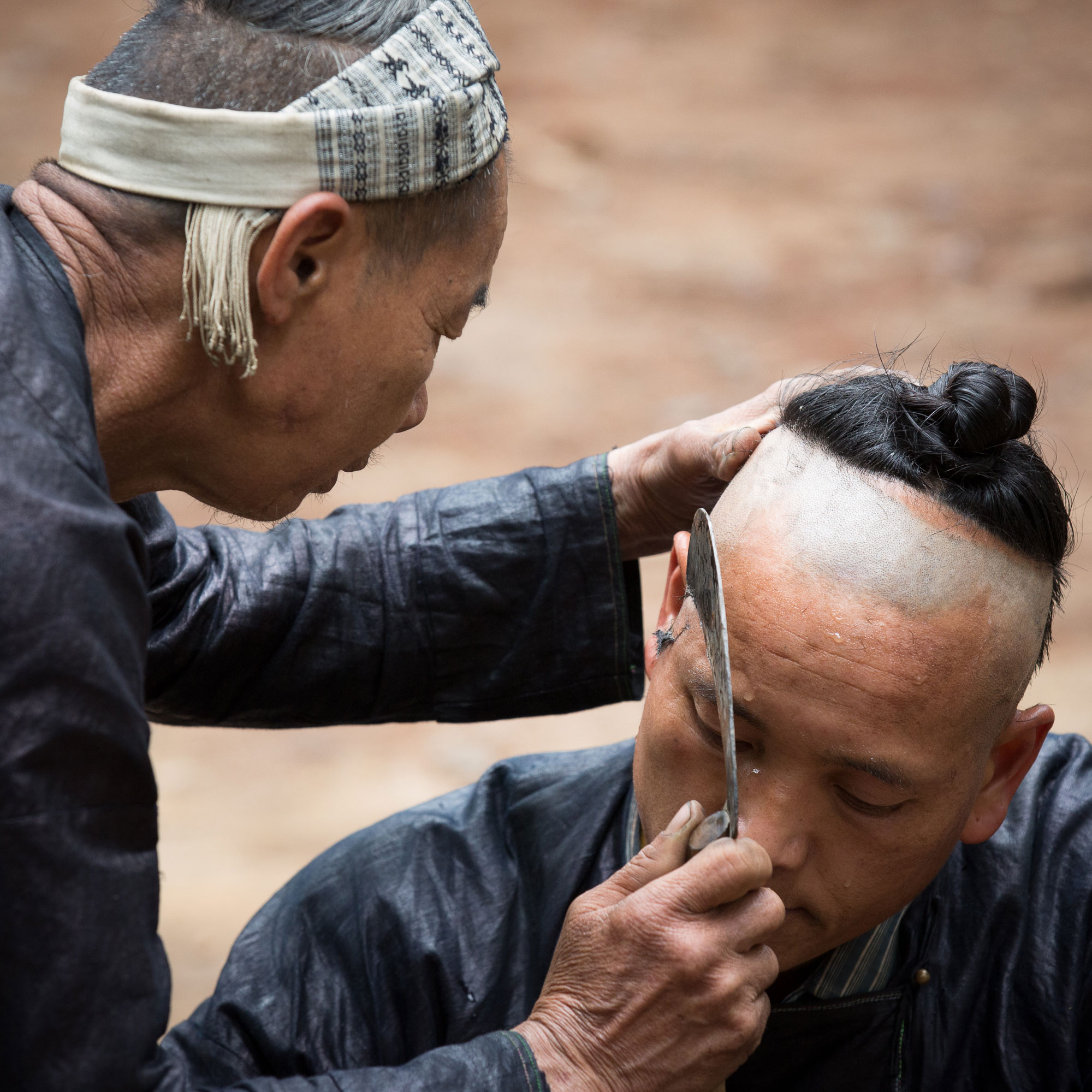
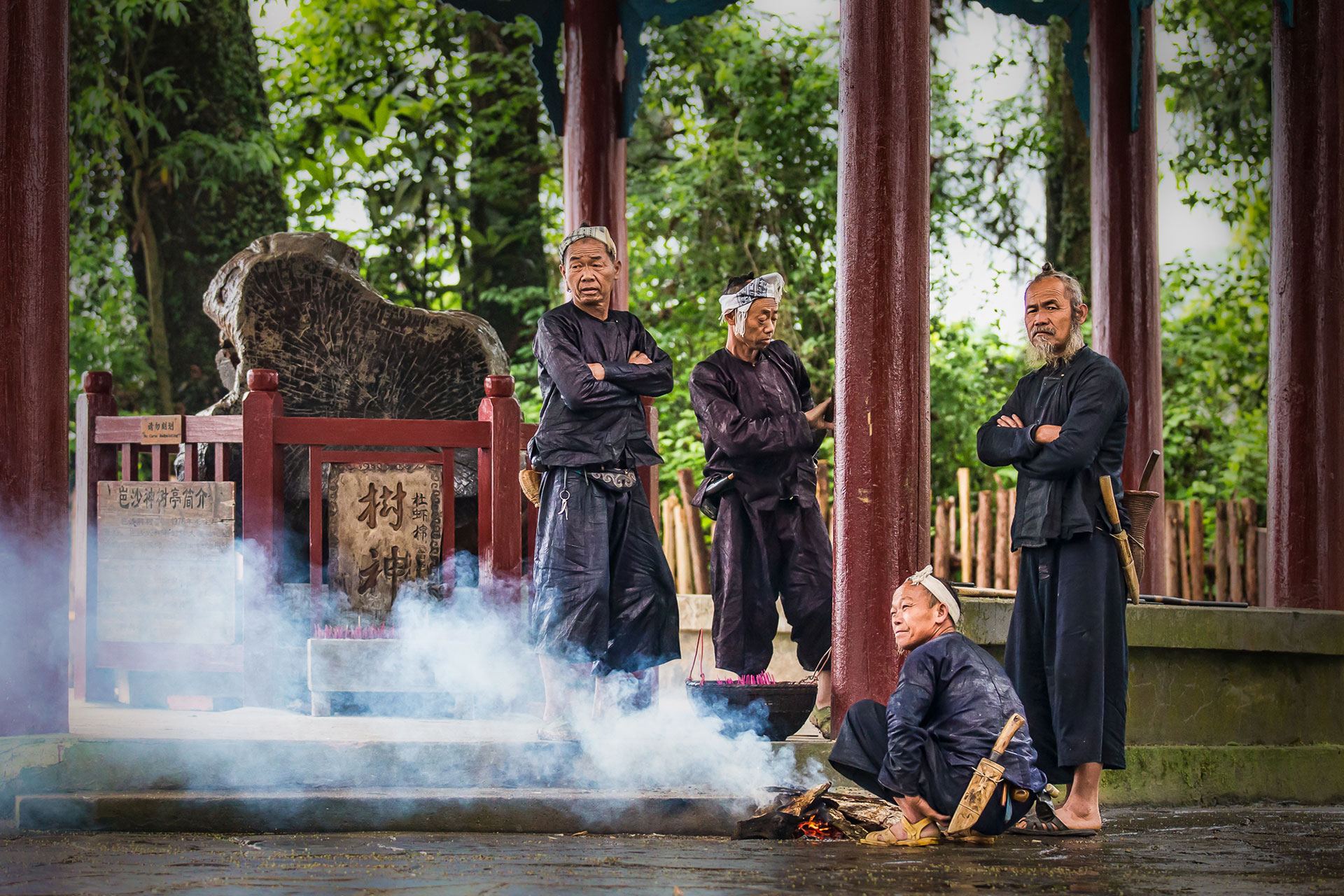
Day 9
We are visiting Yintan Dong Village after breakfast. Then proceed to Basha Miao village, the last gunner tribe in China. Lying on the southern border Guizhou, Basha village is famed for being China’s last tribe of gunmen. This primitive miao village is hidden away in a forest and filled with stilted wooden houses by the river. Basha village is home to over 1,000 residents living in more than 400 households. Their ancestors were frontline troops who charged through forests and fought the bears there — all to guard the land where they lived. Through hundreds of years, they have been guarding their homeland. Still today the men in Basha preserve their musketeer heritage, which makes Basha the only tribe that can legally carry guns in China.
A strong sense of precaution inherited from their ancestors keeps this village isolated from the outside world. The villagers lead a self-sufficient life in the hilly areas and retain the dressing and living customs hundreds of years ago. The villagers in Basha worship trees, especially maples, as gods. They believe the buns on their heads represent trees, while the purple clothes they wear represent bark. (The color is a special bluish purple. Biasha people usually add egg whites into the indigo when dying the coarse cloth, making it shiny and waterproof.) In Basha, a tree is planted whenever a baby is born. Often it will be cut down to make the coffin when the person eventually dies. Cutting down ancient trees is forbidden in the village.
Basha men are also famous for their unique hairstyles. Like the men in the Qing dynasty, Basha men wear their long hair in braids. They attach great importance to their hair bun, which they believe is a symbol of masculinity, as well as an emblem of power. This is a hairstyle that’s existed for thousands of years. Young boys have to take part in a shaving ceremony between the ages of seven and fifteen. The tribe leader wets a sickle with the water used to boil eggs, and shaves off all of the boy’s hair except for the central part, which is coiled into a bun. The blade caresses the scalp, and patches of hair fall to the ground. This shave is done without any shaving cream, or even a rinse. Boys get their first haircuts as a rite of passage, and then are given a hunting rifle at the age of 15 as a sign that they’ve become adults. Overnight at the city of Congjiang.
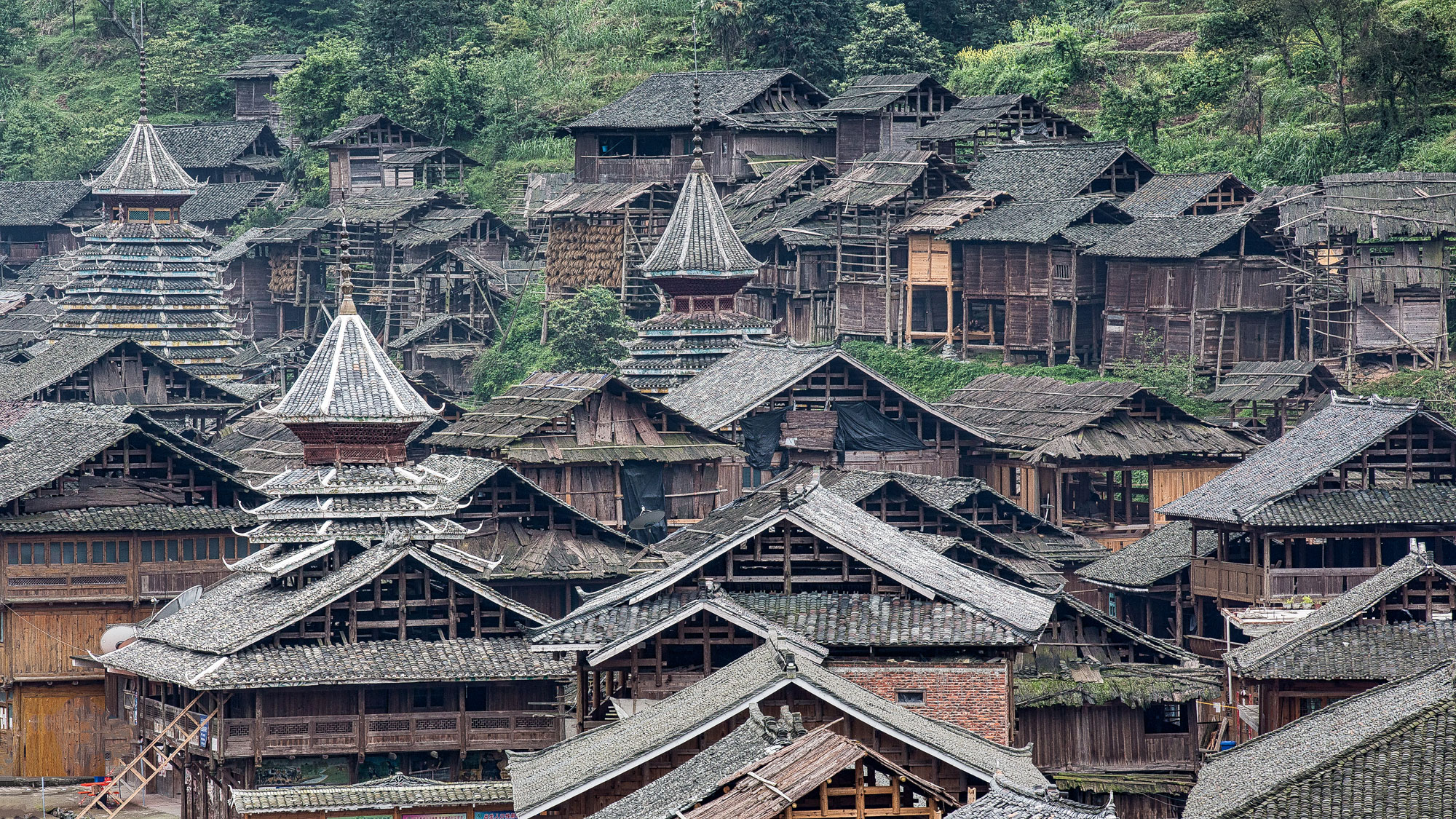
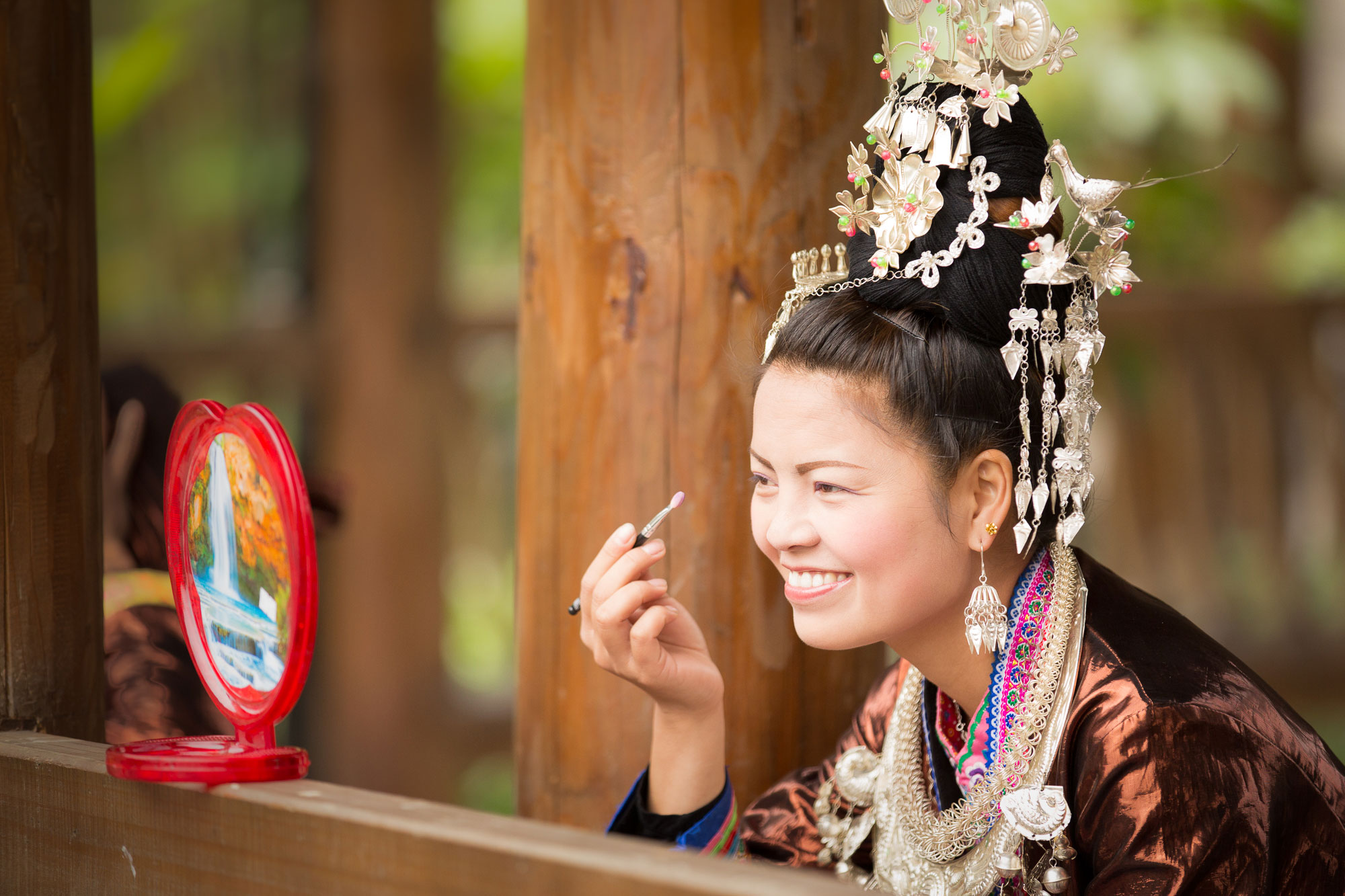
Day 10
After breakfast, we are going to Xiaohuang Dong Village: The birthplace of Dong polyphonic choir singing. Dong ethnic minority, who are renowned for their polyphonic choir singing called Kgal Laox in their own language. Xiaohuang village is the birthplace of this unique musical art. We will be entertained with their performance at the drum tower in the village. Afterwards, we will walk through and photograph people at the old Dong village of Huanggang. Overnight at Zhaoxing Dong Village, it is one of the largest Dong villages in Guizhou. Known as No.1 Dong Village, Zhaoxing has over 800 households and more than 4,000 inhabitants. It lies in a basin surrounded by mountains and has one small river passing through. The serried stilted houses built on the hillside. They are all built from Chinese fir with tile roofs.
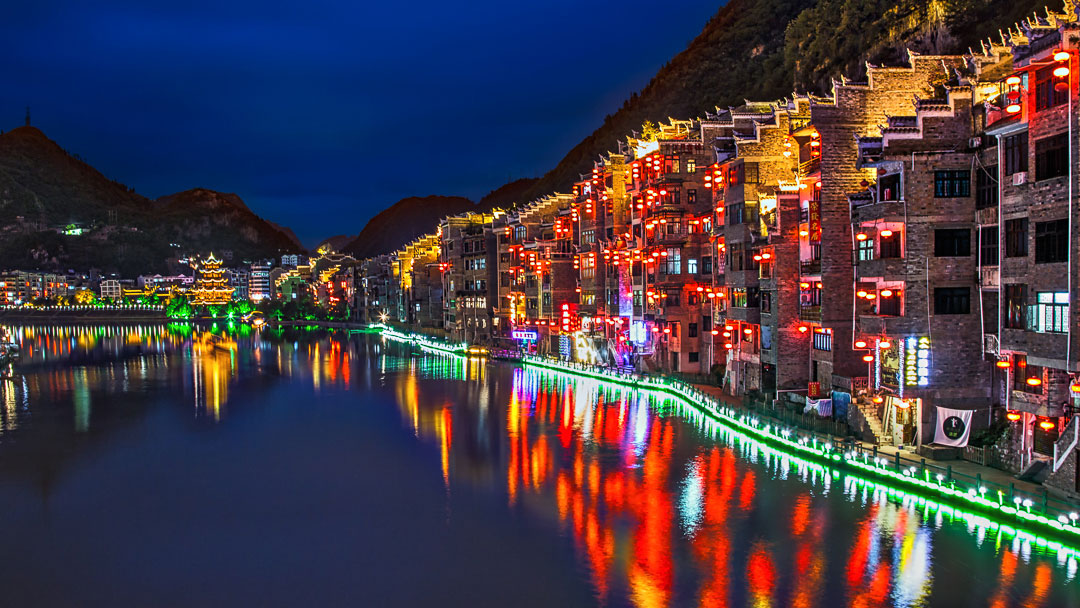
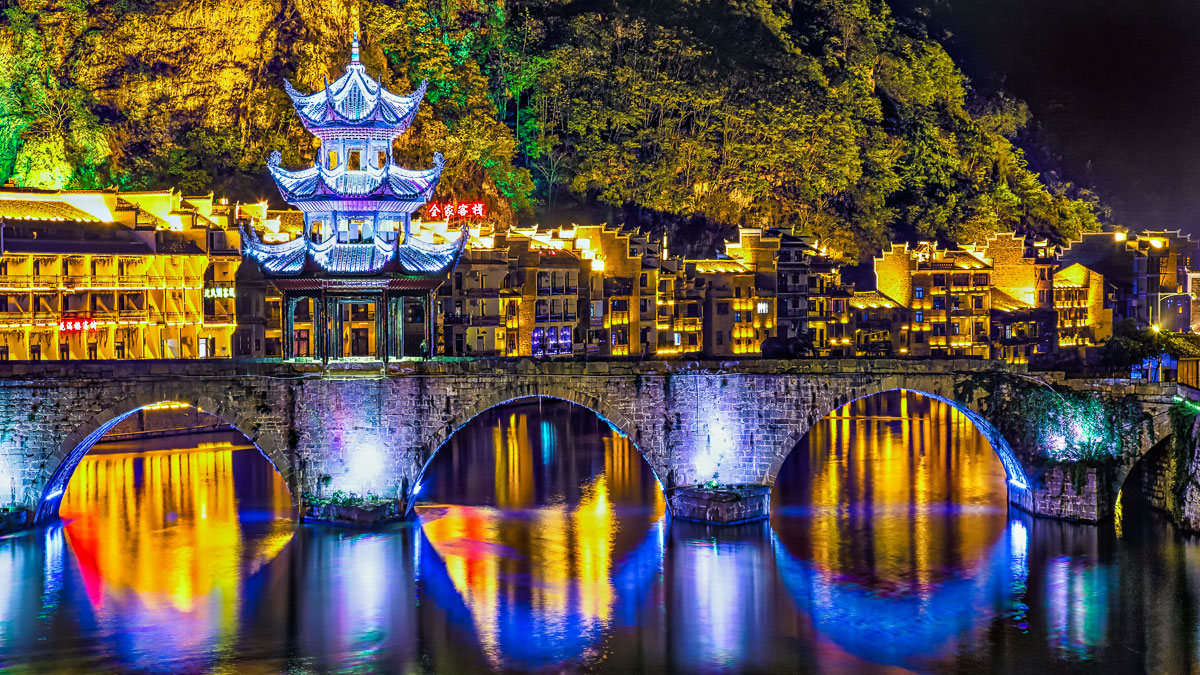
Day 11
We roam and shoot at Zhaoxing Dong Village in the morning. After lunch, Driving 3.5 hrs to the city of Zhenyuan, photographing its beautiful lights in the evening. Located on eastern part of Guizhou Province, Zhenyuan has long been an ancient town of the Miao people. Its long history endows the town with many rich and generous cultural relics. The town covers only an area of 3.1 square kilometers (about 1.2 square miles) but greets you with more than 160 scenic spots including caves, palaces, pavilions, temples and rivers with their unique architecture, exquisite engravings and marvelous natural landscape. Among them are the famous Wuyang River Scenic Area and elegant ancient complex in the the Black Dragon Cave (Qinglong Cave) – beckoning sights not to be missed by any visitor to eastern Guizhou. The wonderful evening city lights are also our perfect photograpy subject. Overnight at Zhenyuan.
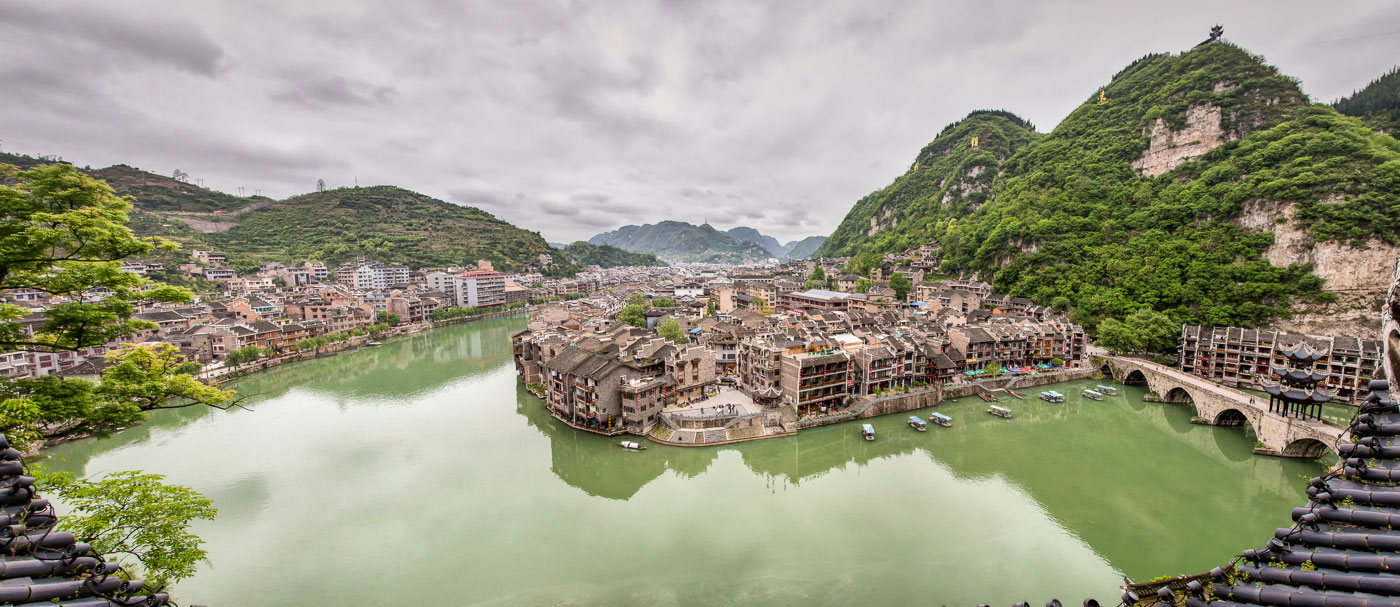
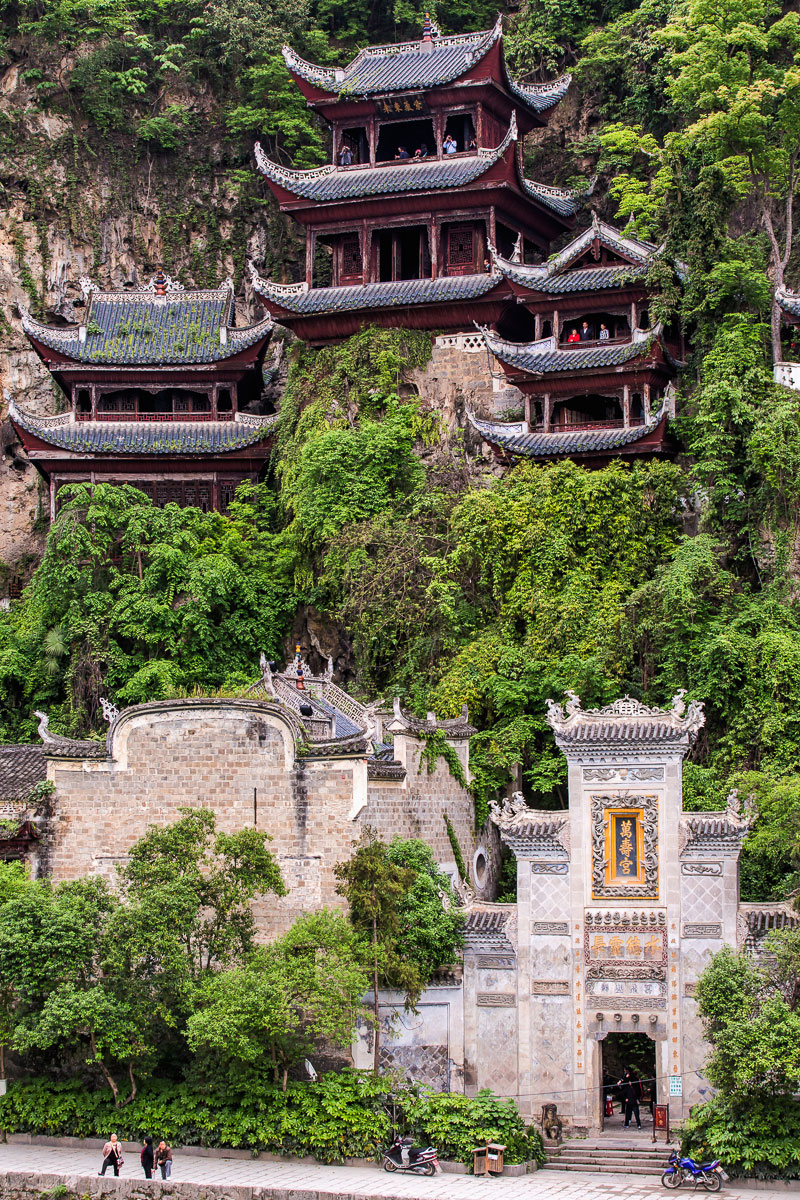
Day 12
We walk to the Black dragon cave complex after breakfast, it’s the perfect location to take the beautiful panorama of the city of Zhenyuan. We leave for Guiyang after lunch. Overnight at Guiyang


Day 13
Departure from Guiyang Airport (KWE).
Meals in Guizhou and Fujian province
Food in Guizhou mainly consists of Qian(abbreviation for Guizhou) cuisine and local snacks. Hot, spicy and sour are the three most featured flavors of Qian cuisine. The most famous dishes include Suan Tang Yu (Sour Fish Stew) and rice noodles. Rice wine made by local villagers is also a famous specialty. In addition, we will enjoy diverse types of vegetables.
In Xiapu, Fujian province, we shall have lots of local fresh sea food as well as vegetables. Based on my past tour experience, please DO NOT expect western style breakfast in most of the locations (rural areas) we visit. Coffee is rarely found as part of breakfast offering. DO bring instant coffee if you cannot live without.
Hotel amenities
All hotel rooms in this trip are equipped with independent bath room with sitting toilet.
Most have two queen size beds.
Workshop Full Details
Total Price
US$2899 per person for double occupancy room;
US$450 extra for single room occupancy.
Duration
12 Days
21 November – 2 December 2019
Available Slots
12 – 16 people
After you signup, we’ll send you a recommended camera gear and packing list. Please pay special attention to things that we say are absolutely required.
Included
- 12 nights of hotels (double occupancy room)
- Meals
- Transportation
- One-way airfare from Wenzhou (WNZ) to Guiyang (KWE)
- Entrance, park fee, model fees
Not Included
- International flights to/from China
- Alcohol, snacks and beverages
- Travel insurance
Cancellation and Refund Policy
If you cancel and the workshop greater than 120 days from the start date of the workshop, and the seats does not fill, we will refund you the full amount you have paid, minus a $200 service charge.
If you cancel and the workshop within 120 days or less from the start date of the workshop, and the seats does not fill, the fee is non-refundable.
This workshop is fully booked. It is no longer open for registration.

